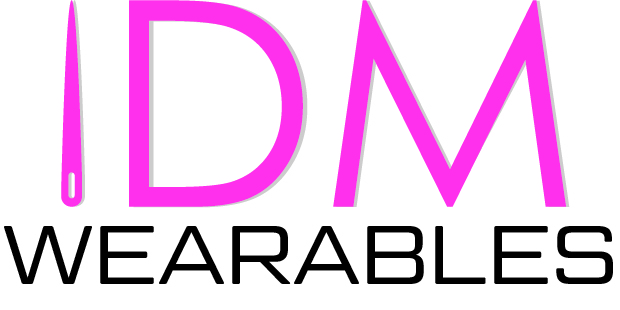Powering your Project
When it comes to powering your project, you must first identify how much voltage and current your project needs. Read the datasheets on the components you are planning to power, and test your project from a stable power supply like a battery, wall adapter, or from usb power first. For reference, most computer usb ports output 5V at 0.5-1A , and when working with an Arduino Uno, for example, you can supply this power through the board’s usb port. You can also power the Arduino Uno through the barrel jack connector, (recommended) with an input of 7-12 volts. The LiPo Rider Pro requires 4.8-6.5V at 400mA-600mA to charge a battery and output a steady 5V. An individual component, like this vibration motor, can operate at 2.7-3.3V at 125mA.
After identifying the power you need, you must then identify the solar panel that can provide this or figure out what accessories you will need to regulate your power. Here we will explore 3 ways of using a solar panel to power your project:
- Using power directly from a solar panel
- Purchasing a solar panel with an onboard regulator and
- Utilizing a charging regulator or circuit
Using power straight from a solar panel
means that the amount of sunlight present at the moment has a direct effect on your circuit.These are great for projects that express solar power in different forms. An example of a project that uses this method are these Solar Powered Chimes by Alex Nathanson. More of Alex’s direct drive projects include other solar instruments as well as kinetic sculpture. Another great example of direct power is the Solar Dancer toy, pictured above, which uses a panel to activate an electromagnet that repels a fixed magnet on the plastic toy and causes it to move.
When using direct power, your project will only be powered when it’s getting enough light. Be careful about powering up LEDs since their brightness is not evident under the sun, your power source. Additionally, you should research the elements you plan to power and ensure that you set up your circuit with the appropriate capacitors and diodes so as not to damage any components in your circuit. Capacitors can help extend your solar power usage, by storing energy, and diodes ensure power flows in only direction, preventing backflow current from damaging your panel.
Summary: direct power can be straightforward to set-up, but your project will only work when it’s getting enough light.
Using panels with an onboard charging circuit
some panels have an onboard circuit to handle voltage regulation, allowing solar energy to directly power your project more efficiently. These are great for projects that could use intermittent streams of power at a certain voltage. We utilize this type of panel in our solar handbag tutorial.
Charging circuits on their own such as this one have the capability to step up the input voltage (often to 5V) and regulate the output accordingly. Having this built into your panel allows you to use your solar panel to charge a battery or power a project with a higher voltage requirement more easily and consistently.
Summary: onboard charging circuits are great if you plan to use only one solar panel to meet your power needs.
Utilizing an external charging regulator or custom circuit
while a bit more expensive than other options, this will allow you to store power for later by charging rechargeable lithium polymer (LiPo) batteries. Some examples of these charge controllers include the Seeed Studio Solar Buddy and Adafruit solar charger.
These devices help regulate power from the solar panels in order to safely charge your battery while also powering your project. This means that you are able to utilize stored power even when the sun is gone. This can be seen in our solar scarf tutorial which uses the Solar Buddy to charge a LiPo battery which then powers LEDs. The difference between using this method vs. buying a panel with a circuit built-in, is that building the circuit yourself allows you to use multiple panels in different configurations to meet both aesthetic and power needs.
This is one of the safest and most robust options for powering projects of varying sizes due to its efficient power regulation allowing it to power projects that require a higher amount of current, as seen in this adafruit breakdown. This video on creating a DIY solar charge controller may help you understand how charge controllers work.
Those going off the grid also utilize charge controllers (albeit bigger ones) to help regulate power in their homes.
Summary: using a charging regulator within a custom solar design is more advanced, but allows you the most flexibility in terms of how you layout your solar panels and how much power you store.
Meeting voltage/current requirements
When one solar panel cannot meet your exact power needs; you may have to test out wiring your panels in series or parallel like we did in our solar necklace. These solar panels that are wired together are called solar arrays. For more on testing solar panel output, refer to our post on testing your solar panel with a multimeter.
Remember that panels wired in series will provide the same amount of current but will double the voltage while components wired in parallel will provide the same amount of voltage but will double the current. With this information, you can wire panels in series and parallel to meet your power requirements.
For more information on wiring panels together, see our post on Testing Panels with a Multimeter.




